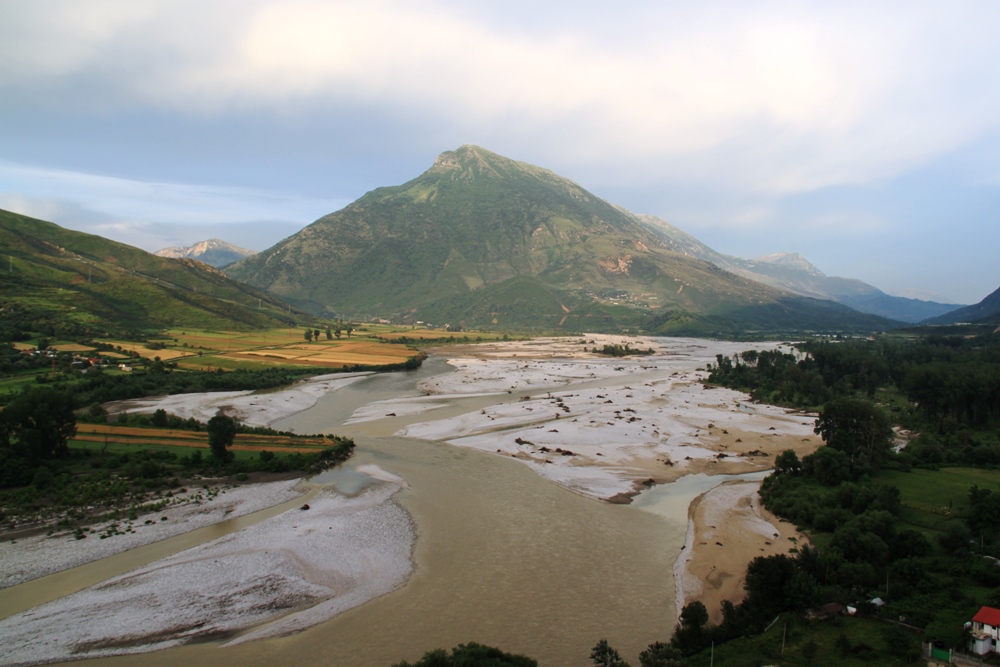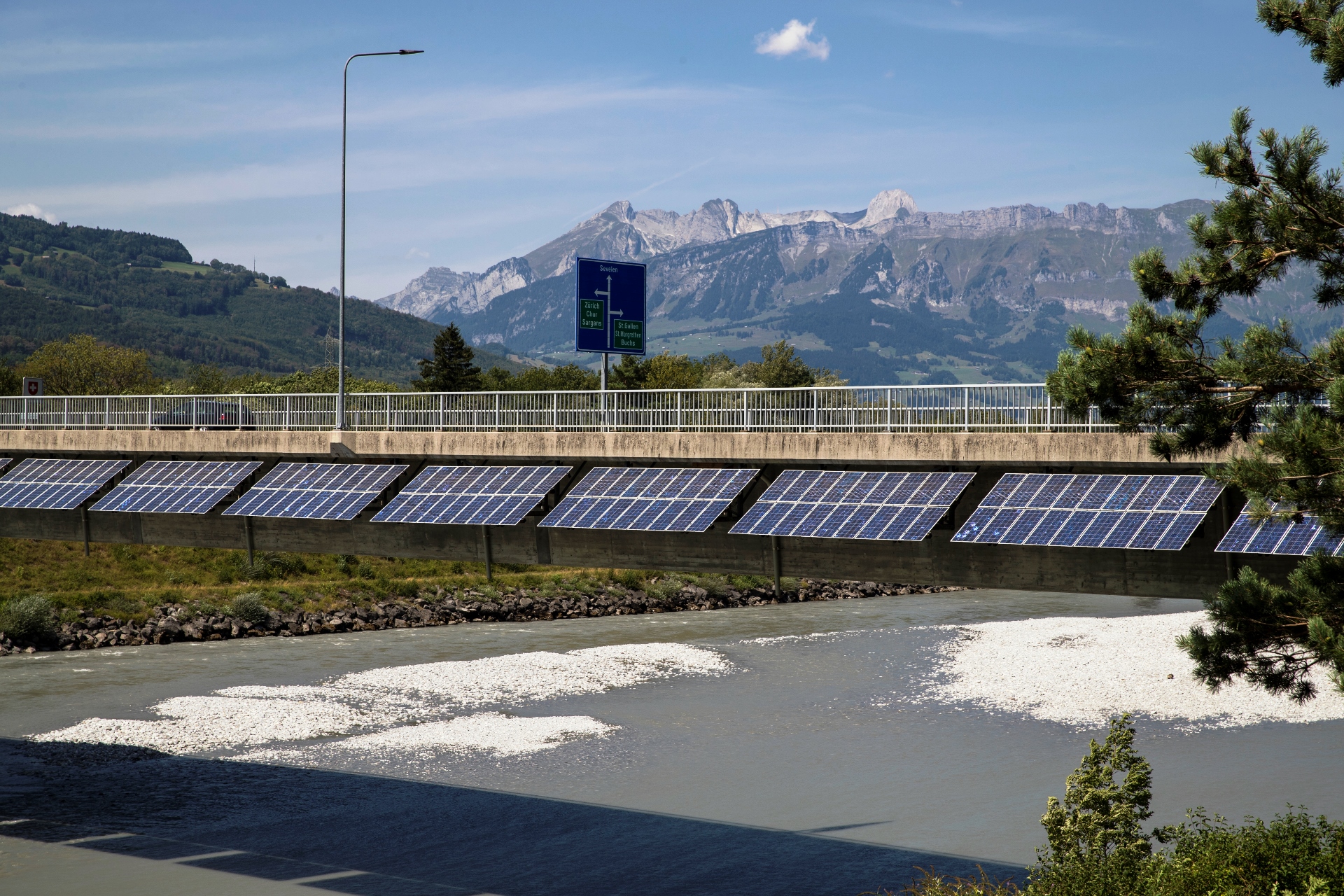Die Aage V. Jensen Charity Foundation hat mich bereits 2012 beauftragt, Partner für Naturschutzprojekte in Osteuropa zu suchen, mit diesen Partnern eine Reihe von Projekten zu entwerfen und weitere gemeinnützige Stiftungen zu finden, die sich an der Finanzierung der Projekte beteiligen.
In einem ersten Schritt habe ich mit EuroNatur, einer der führenden Naturschutzorganisationen Europas, und der Ciconia Stiftung, dem transnationalen Storchenprojekt Europa – Afrika, eine Kooperation vereinbart. An den beiden Organisationen gefällt mir, dass sie ausgezeichnet vernetzt sind und mit kompetenten und gut verankerten Partner-Organisationen in den entsprechenden Ländern zusammenarbeiten. Diese zum Teil sehr kleinen NGOs werden durch die Zusammenarbeit mit EuroNatur und CICONIA gestärkt, so dass die Unterstützung über die Projektdauer hinaus wirksam ist. Beide Organisationen engagieren sich sehr langfristig in Projektregionen.
In einem Workshop mit den beiden Organisationen wurden folgende fünf Projekte in Osteuropa entwickelt und der Aage V. Jensen Charity Foundation vorgeschlagen:
- Feuchtwiesen und Feuchtweiden. Diese wertvollen Lebensräume haben eine signifikante Bedeutung für den Artenschutz in Europa und stehen unter einem grossen Nutzungsdruck. Die hier typischen Arten wie Bekassine, Laubfrosch und Weissstorch werden immer seltener. Das Projekt wird in Zusammenarbeit mit dem Netzwerk der Europäischen Storchendörfer durchgeführt. In den ausgewählten Gebieten werden Lokale Aktionspläne erarbeitet. Umfassende Lebensraumaufwertungen und die Umsetzung von Kleinprojekten sind das Resultat.
- Netzwerk von Schutzgebieten für die Save. Das Netzwerk “SAVA PARKS” wird von NGOs und den Gemeinden entlang des Flusses Save in Slowenien, Kroatien, Bosnien-Herzegowina und Serbien unterstützt. Mit dem EuroNatur-CICONIA-Projekt wird das Netzwerk gestärkt. Sinnlosen Infrastrukturprojekten für die Schiffbarmachung dieses Naturjuwels will das Netzwerk Strategien der nachhaltigen Entwicklung und eines naturverträglichen Tourismus entgegensetzen.
- Umweltbildungsprojekt Storch. Umweltbildung in Schulen am Beispiel des Storchs trägt zur langfristigen Nachhaltigkeit im Natur- und Umweltschutz bei. Gleichzeitig führen die lokalen Umweltorganisationen im Rahmen dieses Projekts umfangreiche Lebensraumsicherungen und -aufwertungen durch. Die Umweltbildung findet derzeit in der Slowakei, Ungarn, der Ukraine und Weissrussland statt und soll auf weitere Länder ausgedehnt werden.
- Schwarzstorch in der Ukraine und in Weissrussland. In der Grenzregion zwischen der Ukraine und Weissrussland sind Landschaften mit naturnahen Wäldern und Feuchtgebieten in einer Ausdehnung vorhanden, wie wir sie in Westeuropa nicht mehr vorfinden. Dies ist der optimale Lebensraum des scheuen Schwarzstorches. Der Nutzungsdruck auf diese Lebensräume nimmt ständig zu. Durch Zusammenarbeit mit den Behörden und NGOs werden diese naturnahen Wälder als Lebensraum für den Schwarzstorch erhalten und geschützt. Davon profitieren auch zahlreiche andere seltene und gefährdete Arten wie der Schreiadler, verschiedene Spechtarten, aber auch Wolf und Biber.
- Das fünfte Projekt in dieser Reihe widmet sich dem Schutz der letzten grossen Buchenurwälder
Die Aage V. Jensen Charity Foundation (AVJCF)war mit diesem Vorschlag einverstanden. In Zusammenarbeit mit ihr sowie mit EuroNatur und CICONIA ist es gelungen, weitere Stiftungen für die Projekte zu begeistern. Diese haben die finanzielle Unterstützung der AVJCF mit grosszügigen Beiträgen ergänzt. So sind bisher mehrere Millionen Euro für die Umsetzung der fünf Projekte zusammengekommen.
Aufbauend auf diese Erfolgsgeschichte sind weitere Projekte dazugekommen wie der Schutz von unberührten Balkanflüssen vor ihrer Zerstörung, der Schutz von Karpatenurwäldern vor legaler und illegaler Abholzung und weitere Projekte.
2021 wurde eine bedeutende Zusammenarbeit unter Stiftungen zum Schutz von Mittelmeerfeuchtgebieten (DIMFE) gegründet.



